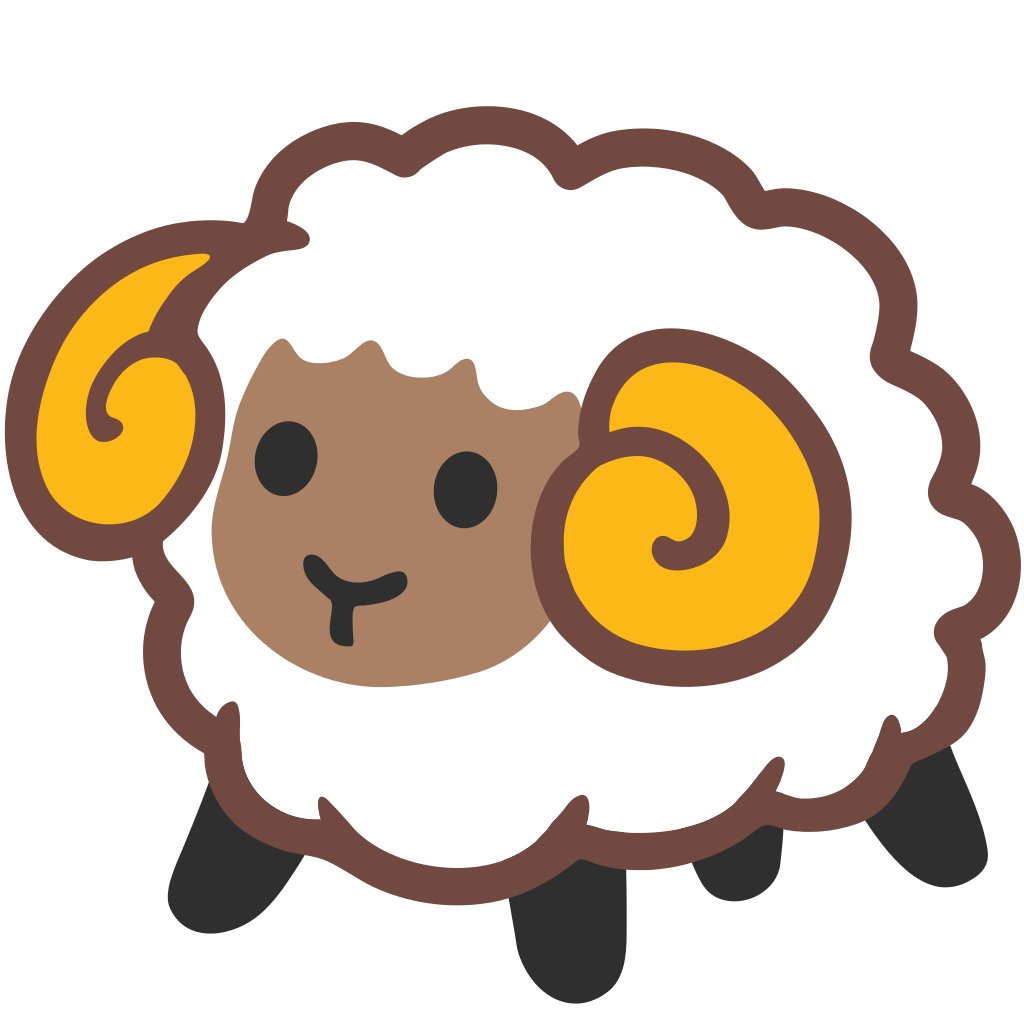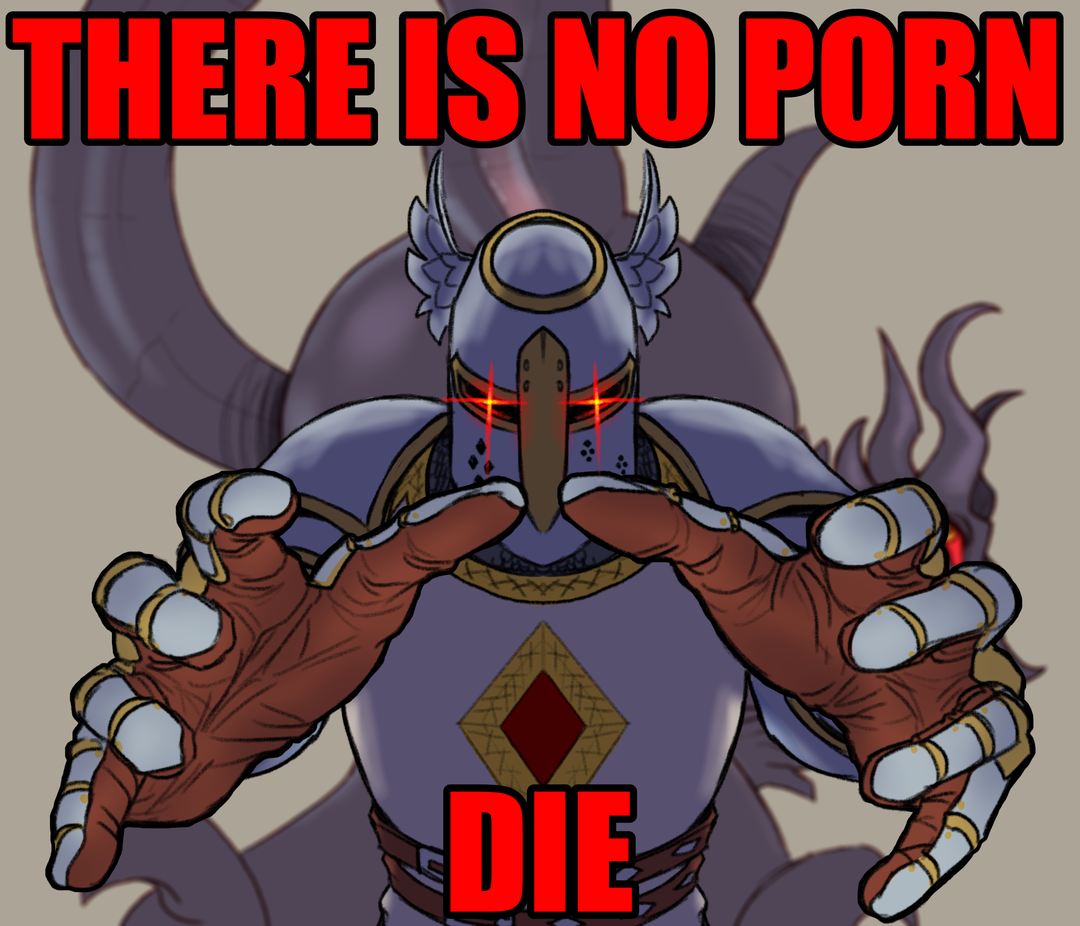- cross-posted to:
- [email protected]
- cross-posted to:
- [email protected]
One of the best videos if you want to learn more https://youtu.be/sg2j7mZ9-2Y
The Romans really turned around that archaic Latin.
Personally I always thought it was easier to have the line on the left side and then the different stuff on the right side. Probably from being right handed.
Eg: B D E H K L M N P R
Those all have a line on the left and the right side differs
Not sure if true but I did hear somewhere that a big part of the Roman changes were to make carving letters into stone tablets and buildings easier.
It certainly explains using more straight lines in eg M and N. But maybe the flip also makes it easier to carve if you’re chiseling right handed? I’m imagining how I’d chisel a K.
I can only think that writing on parchment was more common.
So Z became I, and I became Z? Weird.
First thing I noticed too. Odd how something like that happens. Reminds me of the Jim Gaffigan male seahorse joke.
Thirdly here. I’ve seen this posted many times, but this time that stuck out.
I and Z switching seems quite odd, moreso then any other switch.
I don’t know about you being a Z, but I always fancied the idea U and I.
…meh I dunno, there’s got to be some clever wordplay in there somewhere. Anyone more intelligent want to chip in?

Such tender words.
…is this loss?
⨂︎ and ⌽︎ not getting the love they deserve.
Ф is getting enough love in Cyrillic languages.
Also math
And obviously In Greek as well although lowercase is slightly different I think (φ in Greek).
The step from Proto-Sinaitic to Phoenician is like the 2015-2020 era when companies simplified their logos to an extreme degree.
I have absolutely zero expertise in the field, but every time you see something like that,
In history, I always wonder if it was primarily spurred on by a change in writing medium. E.g. paper vs tablet.The funny thing is went from tablet, to paper, to tablet.
Yes, but only after electromagnetism had been tamed like fire was!
Have we really tamed it, or is it just being nice because we feed it?
All this talk of archaic to Roman and no talk of how serifs are being done dirty.
Serif bias aside, awesome.
Serifs are by products of the technology used to write them (stone, ink, etc) & are merely the on and off ramps to get to the real meat of it, & they are zero more.
Might even go so far to say they’re a waste of pixels and therefore energy. Fight me 😜
Serifs enhance readability.
*mic drop*
I doubt that*. Serifs just add pixels to the labor of recognition. Serif fonts can’t reduce as small as the sans serifs, making them bad for things like iPhones 🤷♂️
*maybe I’d believe a decent study if you’ve got a decent source (stat sig N, clear funding source, etc)
So “A” evolved from cattle. Must of been from the Angus breed.
how did a shape for a bottle evolve into ass cheeks
Maybe it was a clay pot. From a pot to ass cheeks isn’t such a big jump
Never change, T
The most insane thing to me is that — as far as anyone can tell — a phonetic alphabet was developed only once in all oh human history.
Hangul is the phonetic alphabet used in Korea.
Yes, but it’s quite recent, only a few hundred years old - https://en.m.wikipedia.org/wiki/Origin_of_Hangul
Not exactly. There are some phonetic bits of Asian writing so it’s happened at least twice.
Do you have any info on that? I’m not too familiar with Eastern languages, but all of the examples that I can think of have phonetic alphabets less than a millennium old.
Here’s Japanese phonetic writing that’s older than a millennium, although much newer than Phoenician: https://en.wikipedia.org/wiki/Man'yōgana
Here’s Korean which is also much newer than Phoenician: https://en.wikipedia.org/wiki/Hangul
But note that neither of these systems stemmed from Phoenician.
Japanese Manyogana does not count as a true alphabet because each character represents a mora (several sounds together), not an individual consonant or vowel.
Hangul is a bit debatable as to whether or not it is a true alphabet because. Although individual components within each jamo (the characters in hangul) do indeed represent individual consonants and vowels, they cannot exist alone and must always be part of a set of 2, 3, or 4 components. So in a sense it works more like a syllabary (the same as hiragana in Japanese) rather than an alphabet. Opinions are varied on this. Though Hangul was also very much artificially created (it wasn’t an evolution of an existing system, it was made from scratch), as Korea used Chinese characters up until then, so if we go by naturally evolving Latin/Greek is still the only one.
This is why in linguistics we typically say that Greek (and by extension the Latin that derived from it) is literally the only time humanity naturally invented a true alphabet, ie a system where consonants and vowels are represented individually and separately. All other alphabets before then were what we call either abjad (alphabet systems with no vowel indicators, like Arabic) or abugida (systems where vowels are only represented with diacritic marks, like Thai).
Hangul
Oh, yup, these are not derived from Phoenecian, but considering how recent they are they were developed after the concept of a phonetic alphabet had already been widely circulated
This chart does show different stages of alphabet in the lineage of the Modern Latin Alphabet. But these changes happened due to parallel interactions with other languages and alphabets not shown, so it is a little obscuring to call it an ‘evolution’. Probably being overly pedantic but that’s kind of the realm of linguistics.
Pretty cool nonetheless.
I was a little disappointed they didn’t show letters that were removed from the modern Latin alphabet but existed in the 2000 years since Rome, like thorn.
Fun fact, in the Arabic alphabet it starts out Alif and Ba just like alpha and beta here, and then veers way away from this chart into its own awesomely weird territory (thought German was “guttural”? try this nonvowel nonconsonant so far back in the throat you need consent and a physician’s referral) but JUST when you think you’ve lost your way, RIGHT the alphabet nears its end, you stop and stare because right there are four letters, in this same exact order, so familiar it might be a song you learned as a child: the letters K L M N.
The Phoencians took this invention to other places too, and this cluster of familiarity crystallised in the Arabic alphabet in the same order. Almost like a gene we could point to that says we had a common ancestor centuries ago, we were once so close that we learned the same thing from the same people.
I’ll take my alphabet with a side of entropy, thanks
“Almost like a gene we could point to that says we had a common ancestor centuries ago, we were once so close that we learned the same thing from the same people.“
Cultural genes are called memes. It’s kind of unfortunate that we usually only think of memes as jokes.
Idk. Definitions change. Like, literally
Kind of ironic that you’re complaining about the evolution of language on a post about the evolution of language.
It’s sad to lose a word without which we only have metaphors to describe the concept it represents.
Just go the SCP route and call them Memetic elements or some shit. Same route just modified for clarification.
Very cool.
I’m not sure what a channel dedicated to this would even be called, but I would be so down for that.
It would have been cool if it included the modern Greek and Cyrillic alphabets as well
Is “L” drunk or something?











